A Transition in Spirituality: An Era of Diverse and Individual Faith
Religion has recently become more fluid than it has ever been. With continual progress in technology, religious groups and those involved in spirituality can connect more than ever before and be exposed to new interpretations of what it means to have faith. Over time, the number of religions has consistently grown in amount, with its RDI (Religious Diversity Index) increasing ever since it started being recorded. Despite this increased availability and diversity, membership in houses of religion is at the lowest in history, last reported to consist of 49% of U.S. participants in a Gallup survey in 2020. This is suggested to correlate to an overall decrease in general religious affiliation. The exposure of corruption in organized faith might also have played a role in the slow decline of attendance to traditional religious gatherings.
In a report published by the Pew Research Center, the percentage of Americans exposed to religious material within one week on social media was found to be 46%, with young adults being twice as likely. With the amount of content that is accessible at any point in time, it’s not shocking that religious media has also become more accessible. What may seem unexpected is the difference in exposure between those who are unaffiliated and those who identify with a religion. In a survey done by the Pew Research Center, 50% of unaffiliated adults reported to see religious material within the past week, compared to 47% of Evangelicals and 49% of Catholics. Although these percentage differences might technically be statistically insignificant, they provide a suggestion that religious material is being targeted towards those who are unaffiliated instead of into their own communities.
The defining differences between “religion” and “spirituality” might also be a key factor in decreased religious membership. Religion typically refers to an organized faith with outlined customs and practices, while spirituality simply entails being connected to a higher energy without the need for a specific community that also practices the same beliefs. In a survey done by the Pew Research Center in 2017, the percentage of respondents who identified as religious and spiritual decreased from 59% in 2012 to 48% in 2017 and the percentage of respondents who identified as exclusively spiritual increased from 19% in 2012 to 27% in 2017.
With controversy within religious memberships coming to light in the past decade, individualized faith might also be even further appealing as personal characteristics aren’t as determining in what you can believe. For example, even with acknowledging recent progressive stances in the Catholic church, it’s infamous reputation for being unaccepting towards LGBTQIA+ members and those who are pro-choice, along with sexual misconduct scandals, can sometimes precede it. In study done by the Pew Research Center on those leaving Catholicism in 2009, it was found that LGBTQIA+ issues and abortion were responsible for 56% of unaffiliated people who were once Catholic and 27% of those that left the Catholic church to either become Protestant or unaffiliated cited “clergy sexual abuse scandal” for their reasoning.
With these instances as supporting evidence, it’s safe to say that increased exposure and awareness of what it means to identify yourself with a religion and the discriminatory nature of some religions is the focal point of the slowly increasing migration from organized faith to individualized spirituality.
Why subject yourself to someone else’s interpretation of faith when you’re capable of becoming connected to a greater source yourself with the help of online resources and others who have done the same? The United States has been a longtime member of the individualist culture club and religion’s membership application has just been accepted.

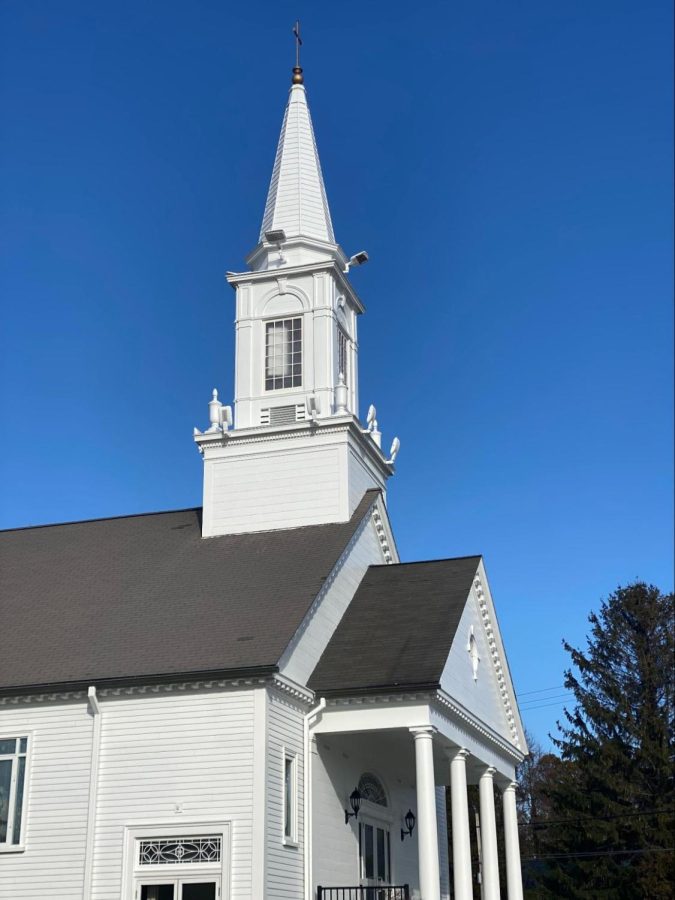
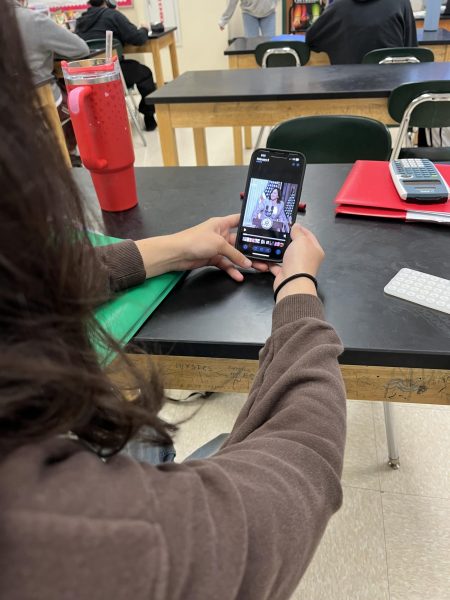


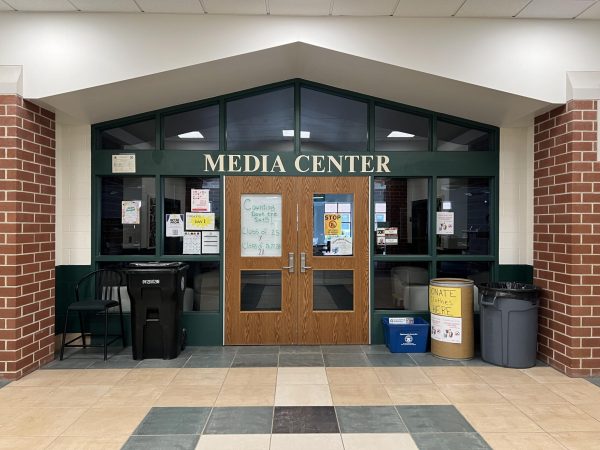
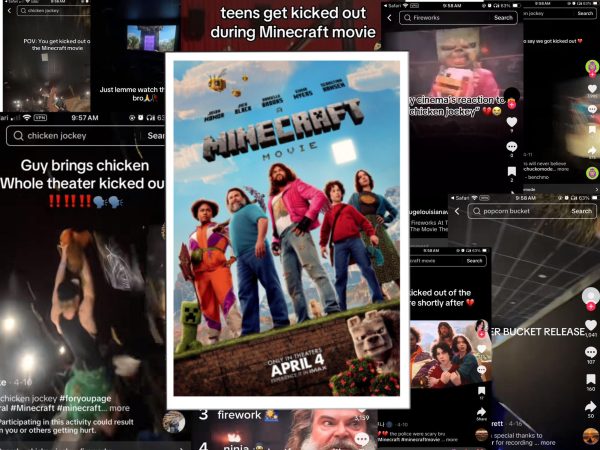


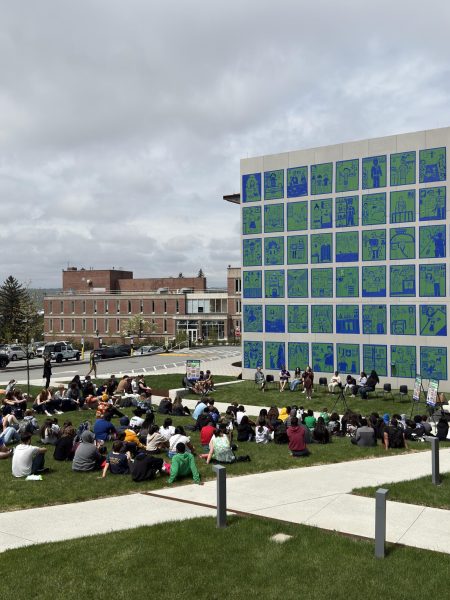
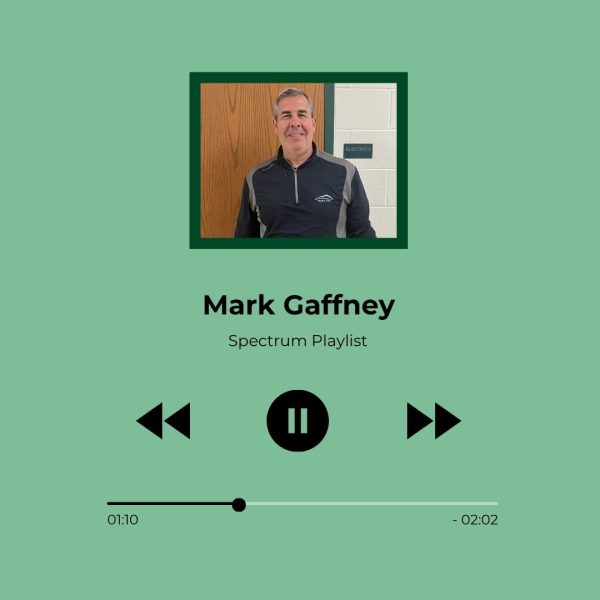


Mackenzie Boucher • Mar 6, 2023 at 12:10 pm
This is so interesting I love your stats, I wonder what the need for religion or spirituality stems from….